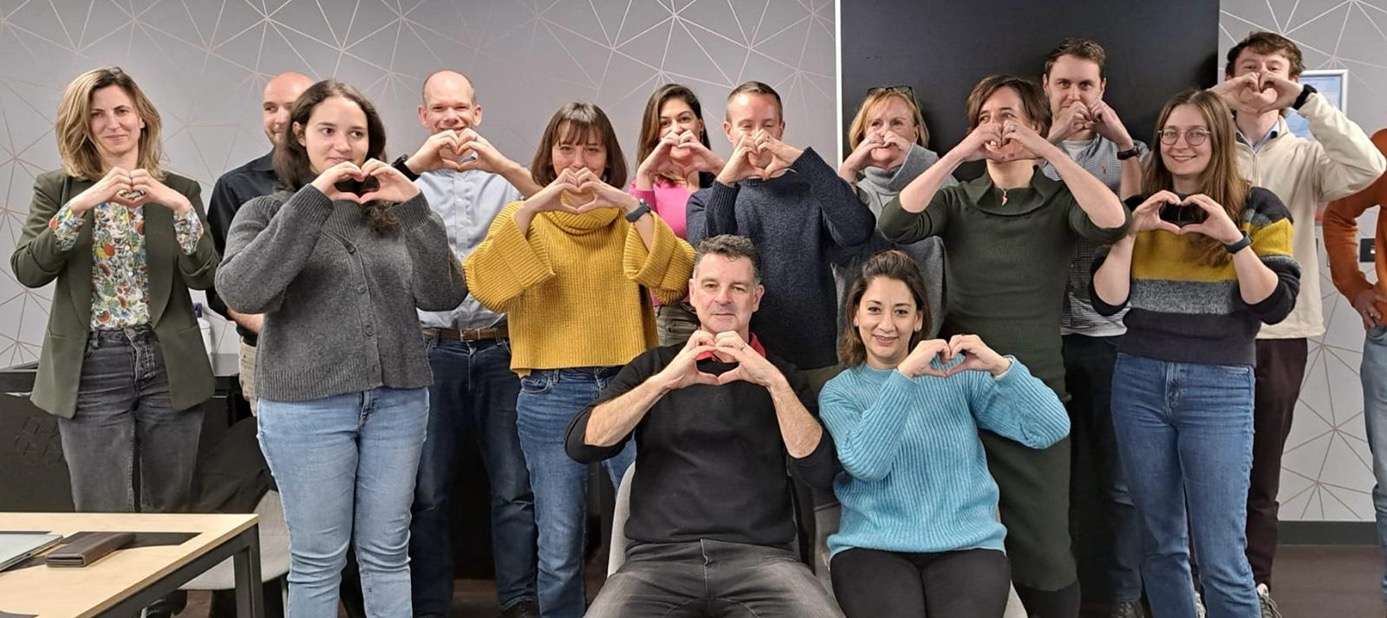
The traditional office model and routines are undergoing a major transformation. At DT Global UK, we’re redefining what it means to work at the office. To this end, we are shifting our strategy from focusing on attendance patterns to prioritizing purposeful engagement.
A quick online search yields countless opinions on returning to the office, often highlighting resistance from workers or insistence from CEOs. Recently, Zoom faced criticism for mandating office time despite championing remote work.
Over time, discussions have revolved around achieving balance within a flexible work construct. We adopted this approach, initially deciding that post-pandemic, employees should be in the office for a certain number of days per month. Despite seeming reasonable, our data revealed that actual attendance patterns did not fully meet expectations.
Recognising this, we did the only logical thing: we experimented.
Several factors aligned to facilitate our experiment. Realising the impracticality of paying for a largely empty office, we seized the opportunity to temporarily close our office, move to remote working, and prepare to eventually relocate to a more central London location. While primarily working remotely, we ensured engagement and collaboration through creative solutions. However, in planning our new future, we often defaulted to modelling ‘how often’ rather than ‘why’ we should gather.
Embracing an experimental approach, we organized monthly meetings dedicated to generating new ideas and exploring possibilities. I firmly believe in the value of in-person interactions—the spontaneous moments and the organic learning that simply don’t happen as effectively online. During one of these sessions, we had an epiphany: we needed to focus on the ‘why’ of coming to the office, not the ‘when.’
We are now co-creating new guidelines—playfully dubbed ‘roolz'—for why we gather.
Our office is being designed to support this purpose-driven attendance.
Instead of rows of computers, we’ll have flexible spaces—movable tables and chairs, co-working areas, outdoor spaces for sunny days, and quiet zones for focused work.
Our experiment continues as we refine our understanding of the ‘why’ we would gather in the office. For instance, if a team needs intensive collaboration to address a client’s challenge, an in-person workshop becomes ideal. If someone needs to spend half a day on detailed spreadsheet work, we’ll ensure they have the necessary tools and space. And if virtual meetings dominate one’s day, working from home might be more practical.
A remarkable outcome of this journey has been the widespread realisation and consensus that gathering for the right reasons is logical. Even those who prefer remote work agree.
Have we cracked the code? Perhaps not completely. But are we asking better questions by focusing on the ‘why’ instead of the ‘when’? Absolutely.